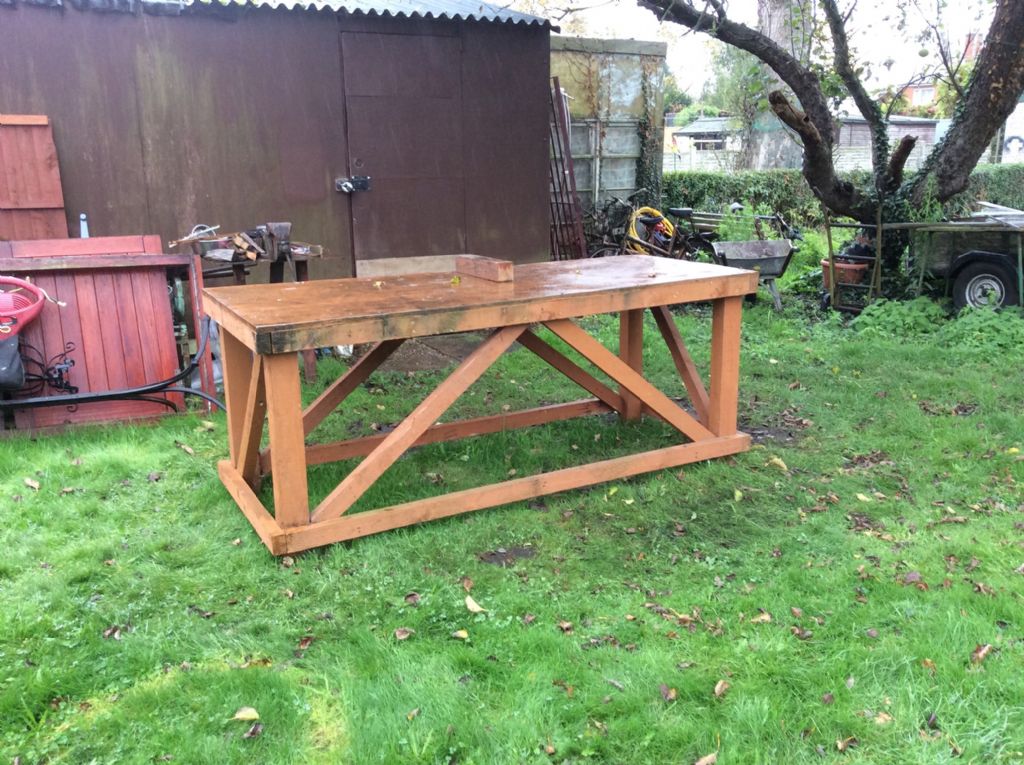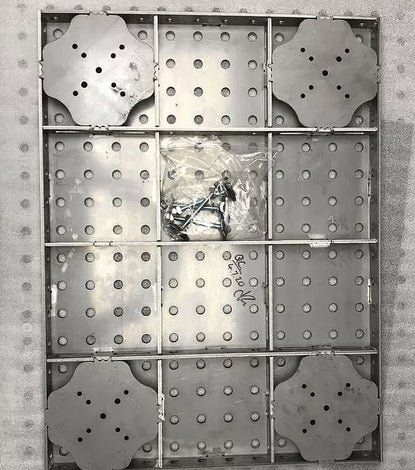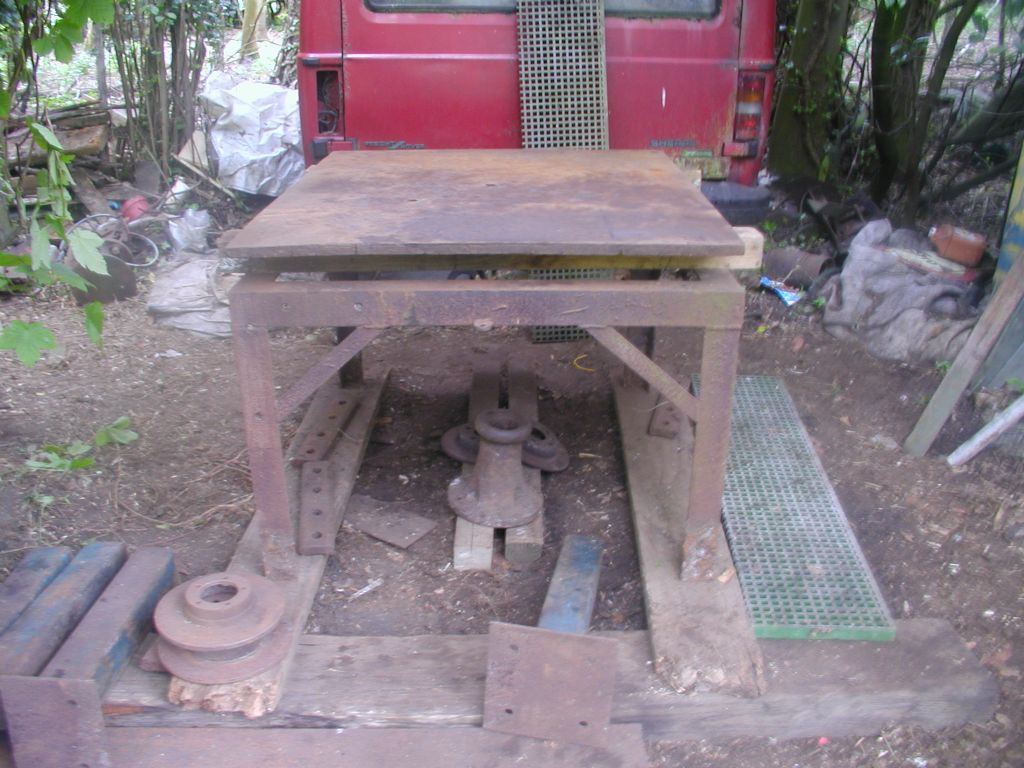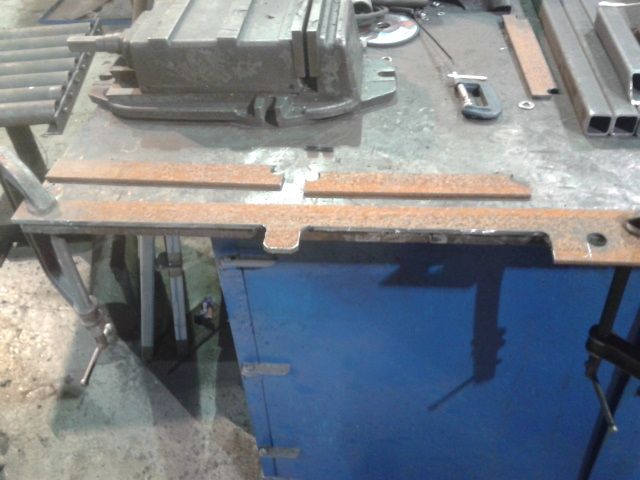Metal workbench
Metal workbench
- This topic has 31 replies, 14 voices, and was last updated 17 April 2023 at 10:11 by
 Nicholas Farr.
Nicholas Farr.
- Please log in to reply to this topic. Registering is free and easy using the links on the menu at the top of this page.
Latest Replies
Viewing 25 topics - 1 through 25 (of 25 total)
-
- Topic
- Voices
- Last Post
Viewing 25 topics - 1 through 25 (of 25 total)
Latest Issues
Newsletter Sign-up
Latest Replies
- Advice on cutting 16mm diameter groove on the lathe
- Brass to resin glue?
- Jaguar [oh dear]
- Bronze
- Bargain Buy ? [at Toolstation]
- A couple of ‘soon to be available in the UK’ lathes that look interesting
- Co-ordinate positioning for circle of holes (not all equally spaced)
- BLACKMAIL
- ML10 questions
- Belt drive convertion Worco WM16 mill




















